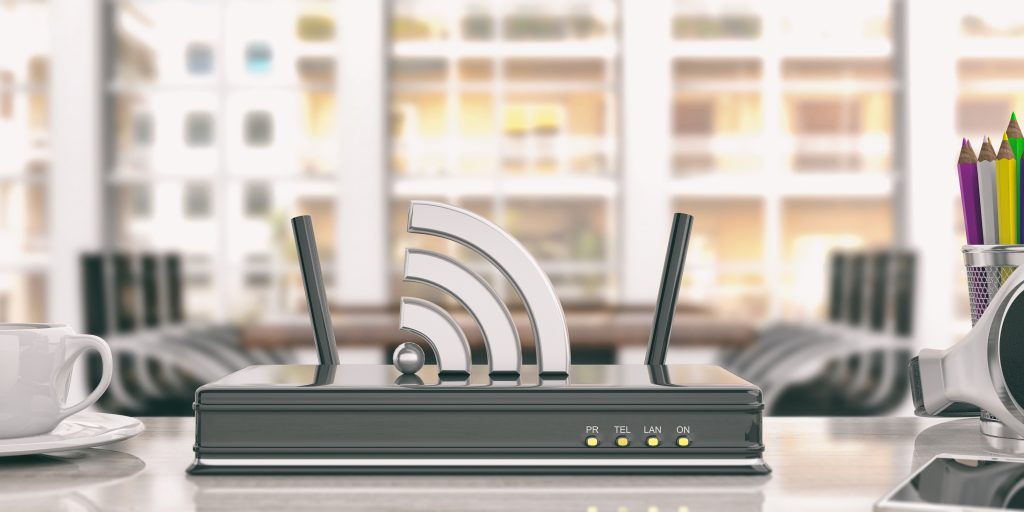Contents
Tips on Changing your WiFi Password
Changing the WiFi password is a necessity in today’s age. This is because there are so many scenarios in which we have to change the password. It could be because of a neighbor abusing our niceness or to ensure that the bandwidth of the Internet is not challenged by free-loaders. Or you could be a café owner and you want people to order things while they sit in your café and use the Internet. In some cases, you might be a parent and you want to take away the privilege of WiFi to ensure that your children do not waste time and study because it is exam season. Either way, we will today teach you how to change the WiFi password.
How is Personal Data at Risk in Case of a Weak WiFi?
Open WiFi networks or WiFi networks that are being used by more than the normal amount of people put personal information at risk. Attackers can traverse through each channel and spy on what other users on the same network are doing by intercepting their data packets. This means that every bit of data that passes is unprotected and can be intercepted by hackers. Let this be another reason for securing your WiFi password and updating its security settings. In addition to changing the password, we will help you strengthen your security settings, as well.
How to Change WiFi Router Password:
These are some steps you can follow if you want to change your WiFi password:
1) Configuration Page of the Router:
First of all, you have to find the configuration page of your router. This varies for every Internet supplier and you can contact your supplier to ask them how to access the configuration page of the router. If you are not connected to your WiFi, you cannot possibly get to the configuration page. Don’t worry, there is a way to bypass this, as well. You will have to get an ethernet cable, connect it directly from your laptop to the router.
2) Router Address:
There are many different router addresses. The standard router address is one of these:
- 168.1.1
- 168.0.1
- 168.2.1
- 0.1.1 (Apple)
- 0.0.1 (Xfinity)
You can search for the router address if one of these does not work for you. You can do this by opening the ‘Go to Command Prompt’, which you can do by pressing the Windows key and the ‘R’ key, together.
3) Username and Password:
This, too, varies from device to device, but most commonly the username is ‘admin’. In some cases, it can be ‘userAdmin’. The password is usually ‘admin’ or ‘password’. If you have changed the password and username, and you seem to have forgotten it, then your only other option is to reset it. You can reset the router by pressing and holding the reset button on the router for around 30 seconds. This changes the settings to default and you can try the username as we mentioned above.
You will need these to access the details of the router, and once you do that, you can access the details like changing the WiFi password.
4) Wireless Section:
Your next task is finding the wireless section. Once you log in to the router, you look for the wireless section on the configuration page. The exact name of the section changes from manufacturer to manufacturer, but it is around ‘wireless’, ‘wireless settings/setup’ tab. If it has multiple sections, you should look for the Wireless Security Page and open it.
5) Password:
If you have accessed the wireless section, your next step is changing the password. This particular task is quite easy as it requires you to create a new password. You should create a powerful password, one which other people cannot guess easily. This requires some thinking, and that thinking should be out of the box. It is advised to include the special symbols, numbers, cases, in the password. Once you do that, make sure the password is long enough. A good password is considered to be around eight characters. It is also advised to write down the password somewhere, just in case, you forget it.
6) Security Type:
If you continued the steps given above, then you have successfully changed the password. However, to ensure the security of your WiFi and data, it is important to check the security type.
There are the following kinds of wireless encryptions:
- WEP
- WPA
- WPA2
The most secure encryption of all is considered to be WPA2. Make sure you are using this. WEP encryption is not suitable, at all. This is very easy to break.
7) Network Name:
Once you have accessed the configuration page, it is a good idea to change the name of the network you are using, as well. This is a good idea as it makes your network anonymous and does not give hints to the people who might be trying to break hack into your WiFi router. Make use of the fact that you have accessed the configuration page, which is not something, any of us do daily. So, while you are inside, make good use of it and maximize your security to keep away the hackers.
8) Save the Settings:
After changing the settings, you have to complete the final step. That step is saving your settings. It takes a few minutes to acknowledge the changes, once they are done, it will be a job well done. Once you change the password, there is a good chance that the router automatically disconnects every linked device. When that happens, you can enter the new password to use the services of your WiFi, again.
All of these changes are crucial for maintaining your security. We underrate or do not give enough attention to security breaches regarding our online setups. However, in today’s day and age, in an era of information, it is imperative to give these things a lot of attention.

